Using a multi-currency account provider allows businesses to utilize local accounts, and IBAN accounts and ultimately reduce cost.
It is possible to send, spend, receive, and earn interest on multiple currencies. Then, for the day-to-day, you can make batch payments, raise payment links and invoices, and segment expense spending as needed.
Features of multi-currency accounts
.png)
Local or IBAN accounts
Using a multi-currency account will give business access to local accounts or IBAN account numbers across multiple locations.
Local accounts are best for regular transactions and cross border spending.
IBAN accounts only will allow you to transfer funds at a lower cost, but spending can be limited if a company doesn't offer a separate card service.
.png)
International payments
Multi-currency business accounts are great for cross border payments, both in and out.
By offering local accounts in Europe, payments from the US to Europe can be made via the local account.
For receiving cross border payments this is the same. For companies in the UK, receiving a payment from Europe can be made into a local EUR account and then transferred to GBP.
Again, this reduces the cost for the sender but also for a business that might otherwise pay high fees to receive international payments.
Some of these also offer international payment gateway support.
.png)
Expense management
Multi-currency accounts will come with multi-currency cards as well. These can be virtual or physical cards. They can also be prepaid, or be set to make payments from a specific local account.
As for expense management, it is relatively simple, and companies will offer allocation and limits on cards at a business, team, need, or individual level.
.png)
Integrations
Great businesses function on efficiency, and multi-currency accounts will come with integrations with different accounting services.
The most common of these you will find is Xero.
This being said, Sage and Microsoft Dynamics are also widely supported.
For any account we recommend, we will outline the integration associated with it.
.png)
Shared balances
As with cards, shared balances are also available at different levels for multi-currency accounts.
This means, a marketing team can manage their own budget and track all spend in one part of the account, and payroll can be run from another.
The central finance and accounting teams can have access to all areas, with a summary of the accounts and teams, or heads of teams, can access only what they need.
.png)
Batch payments
Multi-currency accounts tend to offer batch payments. Some such as Sokin up to 5,000 recipients at a time.
The benefit is less work to make payments, and then greater savings on the exchange rates.
This is because exchange rates are agreed at the full amount of the batch, not the individual transfer. For higher amounts, you will usually see a better rate.
Companies will also offer guaranteed rates as well. This is where you can agree the amount you will pay, and then make the payment within a set timeframe.
Why to use a multi-currency account
Every business has different needs, but there are some obvious areas that make multi-currency accounts a great option for international businesses.
Saving on regular transfers
Streamline expense and cash management
Improve currency risk management
Be clear on
The business will need to be registered in a supported country.
The business may need to show accounts and trading proof for a fixed period of time.
In some cases, the business may need a named owner, as opposed to a holding company.
Some multi-currency account providers restrict the industries worked with. Common restrictions are on gambling, adult industries and cryptocurrency.
Some have fees to unlock other features, while others are fee free but make their money through exchanges.
What you can access based on fee free accounts and annual fees can be compared.
Accounts like Wise Business or Airwallex, with no monthly fees, are not hugely different from companies like Equals Money that charge a monthly fee.
When getting a multi-currency account, the important thing is to get it right for a business, so always compare options.
Starting with the latter, card spending is often affordable (and a perk) if you plan to use a local account to which the card has been assigned. For example, spending GBP from a GBP local account. However, the costs can increase if you spend from a GBP account into USD.
This cost is cheaper than using a traditional bank, but you will pay a conversion cost at the point of using the card. These can be as high as 2%.
For ATM fees, and limits, be aware that even checking a balance at an ATM can cost upwards of $5 in some cases. A multi-currency account is not a traditional bank, so withdrawing cash is more akin to a cash advance. Charges for this can be around 3%.
If withdrawals are important, it is best to consider how to manage these.
Some companies will give access to IBANs in say 40 countries, others will give access to local accounts.
For local accounts you will have specific account details within that location. This means you can receive, pay, use cards etc in the local account.
For IBAN accounts, the benefit is very much about sending and receiving money at a lower rate. They are useful, and can save a huge amount of money on transactions.
Neither account type is ‘better’ than the other. We always recommend comparing and ensuring the offering fits the need of a business.
The providers
Compare multi-currency accounts
The right multi-currency platform is different for every business. We always recommend comparing to get a clear picture of what is on offer, vs what it is your business needs.
Use cases
Multi-currency accounts are used by thousands of businesses across the world. Here are some examples of where they have been used.
Recapping multi-currency accounts
Multi-currency accounts offer access to local and IBAN accounts
Multi-currency accounts can reduce the amount spent on currency conversion
Multi-currency accounts offer quicker access to new markets through local support
Multi-currency accounts can help with expense management, international spending and batch payments
Multi-currency accounts work with a number of integrations, like Xero, to streamline processes
![[Business Multi-Currency Accounts] for Global Finance](https://cdn.crossborderpaymentsolutions.com/tr:f-auto,w-409,h-195,fo-center/uploads/2024/09/1725456200-Multi%20Currency%20Accounts.png)












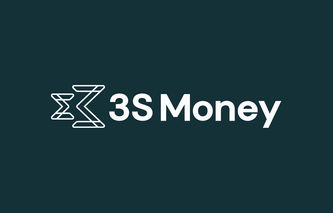
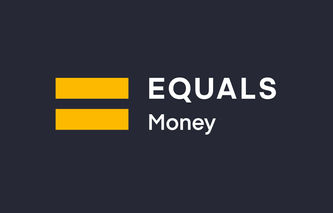

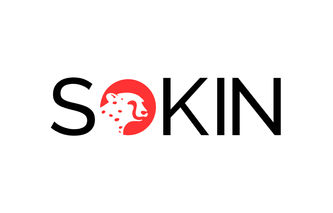
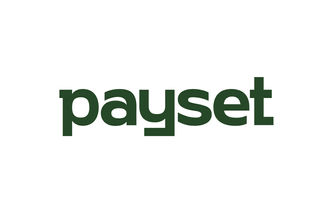
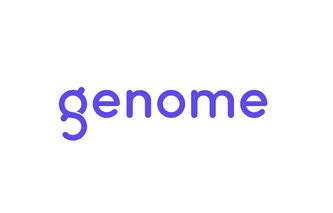


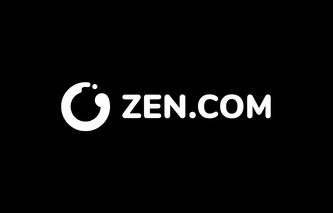



.png)







.png)


.png)
